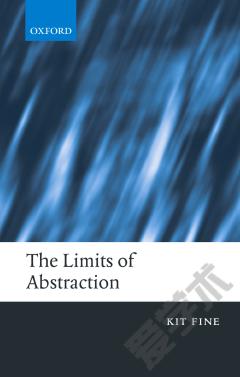The Limits of Resolution
"This beautiful book can be read as a novel presenting carefully our quest to get more and more information from our observations and measurements. Its authors are particularly good at relating it." --Pierre C. Sabatier "This is a unique text - a labor of love pulling together for the first time the remarkably large array of mathematical and statistical techniques used for analysis of resolution in many systems of importance today optical, acoustical, radar, etc I believe it will find widespread use and value." --Dr. Robert G.W. Brown, Chief Executive Officer, American Institute of Physics "The mix of physics and mathematics is a unique feature of this book which can be basic not only for PhD students but also for researchers in the area of computational imaging." --Mario Bertero, Professor, University of Geneva "a tour-de-force covering aspects of history, mathematical theory and practical applications. The authors provide a penetrating insight into the often confused topic of resolution and in doing offer a unifying approach to the subject that is applicable not only to traditional optical systems but also modern day, computer-based systems such as radar and RF communications." --Prof. Ian Proudler, Loughborough University "a ust havefor anyone interested in imaging and the spatial resolution of images. This book provides detailed and very readable account of resolution in imaging and organizes the recent history of the subject in excellent fashion.I strongly recommend it." --Michael A. Fiddy, Professor, University of North Carolina at Charlotte This book brings together the concept of resolution, which limits what we can determine about our physical world, with the theory of linear inverse problems, emphasizing practical applications. The book focuses on methods for solving illposed problems that do not have unique stable solutions. After introducing basic concepts, the contents address problems with "continuous" data in detail before turning to cases of discrete data sets. As one of the unifying principles of the text, the authors explain how non-uniqueness is a feature of measurement problems in science where precision and resolution is essentially always limited by some kind of noise.
{{comment.content}}








 京公网安备 11010802027623号
京公网安备 11010802027623号